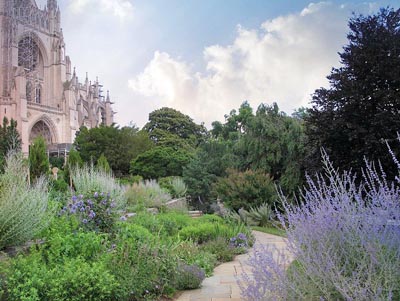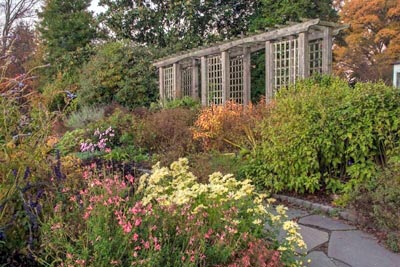Look To Area Public Gardens for Ideas and Inspiration

Bishop’s Garden
You might think the best time to visit public gardens is on pleasant spring or fall days, when flowers or trees are in full bloom, and you can see their abundant colors. But visiting public gardens can be a year-round event, especially if you are planning a new garden or need some inspiration to update your outdoor space. The Washington, D.C., area boasts an abundance of public gardens, most with free admission, that can provide you with plenty of ideas and inspiration to create home gardens with four-season interest.
When you visit a garden, you can:
- Learn about plants that are new to you
- See which varieties, or cultivars, grow best in our area
- Notice which plants go well together and create visual interest when planted in groups
- See what plants look like in all four seasons
- Talk to the gardeners
- Visit the gift shop for classic gardening books, supplies and seeds

Green Spring Garden

Meadowlark Garden
Don’t wait for spring or summer to go. You can get valuable information even when a garden is dormant. Without the greenery or flowers, you can see the “bones” of the garden, which will help you decide how to structure your space. How will that shrub look in a winter garden? Will it contribute interest to your yard? You may never have noticed the beautiful bark when you were paying attention to the leaves and flowers. Which plants hold their color the longest, and which start blooming while it is still frosty outside? Seeing a garden in winter will allow you to see the structure of each plant, and how various plants fit together to create the overall shape of the garden.
Our area is rich with public gardens. You can see most of them listed at D.C. Gardens, an organization that is encouraging people to visit these beautiful spaces. In addition to providing comprehensive information about each garden, the site alerts readers to garden events throughout the year. Visit a garden and become inspired!